The Ultimate Guide To Cherry Blossom Bushes
The Ultimate Guide to Cherry Blossom Bushes
Cherry blossom bushes are a beautiful addition to any garden, and they can be grown in a variety of climates. With their delicate pink or white flowers, they are a symbol of spring and renewal.
In this guide, we will discuss everything you need to know about cherry blossom bushes, from choosing the right type for your climate to caring for them properly. We will also provide some tips on how to enjoy their beauty to the fullest.
What are Cherry Blossom Bushes?
Cherry blossom bushes are deciduous trees or shrubs that are native to East Asia. They are members of the Rosaceae family, which also includes apples, pears, and plums.
There are over 600 different species of cherry trees, but only a few are commonly grown as ornamental plants. The most popular varieties for gardens include:
- Japanese cherry blossom (Prunus serrulata): This is the most common type of cherry blossom bush. It has delicate pink or white flowers that bloom in the spring.
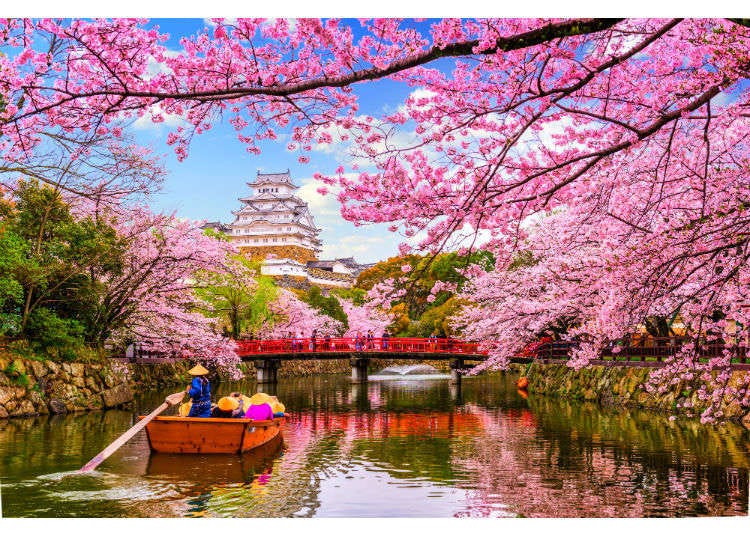
- Korean cherry blossom (Prunus campanulata): This variety has larger flowers than Japanese cherry blossoms. The flowers are a deep pink color and they bloom in early spring.
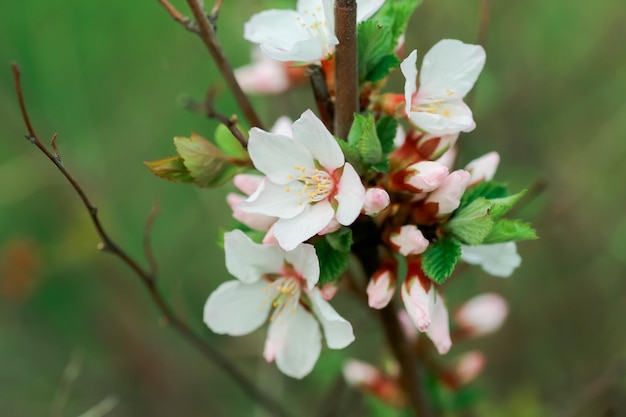
- Snowdrop cherry blossom (Prunus subhirtella): This variety blooms in the winter or early spring. The flowers are a pale pink color and they have a sweet fragrance.
- Ornamental cherry blossom (Prunus x yedoensis): This variety is a hybrid of Japanese and Chinese cherry trees. It has large, double flowers that bloom in the spring.

How to Choose the Right Cherry Blossom Bush for Your Climate
When choosing a cherry blossom bush for your garden, it is important to consider the climate in your area. Some varieties of cherry blossom bushes are more cold-tolerant than others. If you live in a cold climate, you will need to choose a variety that can withstand winter temperatures.
You should also consider the size of the bush when making your decision. Some cherry blossom bushes can grow very large, so you will need to make sure you have enough space for them.
How to Plant Cherry Blossom Bushes
Cherry blossom bushes are best planted in the spring or fall. When planting, dig a hole that is twice as wide and as deep as the root ball of the bush. Add some compost or other organic matter to the soil in the hole.
Place the bush in the hole and backfill with soil. Water the bush well and mulch around the base to help retain moisture.
How to Care for Cherry Blossom Bushes
Cherry blossom bushes are relatively easy to care for. They need full sun and well-drained soil. Water them regularly, especially during the first year after planting.
In the spring, fertilize the bush with a balanced fertilizer. You may also need to prune the bush occasionally to keep it in shape.
How to Enjoy Cherry Blossoms
Cherry blossoms are a beautiful sight to behold, and there are many ways to enjoy them. You can simply sit back and admire them in your garden. Or, you can take a walk in a park or arboretum where cherry trees are in bloom.
If you are feeling more adventurous, you can travel to a country where cherry blossoms are a major cultural event. In Japan, for example, the cherry blossom season (called "sakura") is a time for celebration. People gather under the trees to picnic, eat, drink, and enjoy the beauty of the blossoms.
Conclusion
Cherry blossom bushes are a beautiful and versatile addition to any garden. They are relatively easy to care for and they can provide years of enjoyment. If you are looking for a way to add a touch of springtime to your home, consider planting a cherry blossom bush.
Cherry blossom bushes are a beautiful addition to any garden. Their delicate pink or white flowers bloom in the spring, and they can add a touch of elegance and romance to any outdoor space. If you're thinking about adding a cherry blossom bush to your garden, I encourage you to visit Garden Wiki. This website has a wealth of information about cherry blossom bushes, including different varieties, planting and care instructions, and even recipes for using cherry blossoms in cooking.
In addition to its comprehensive information, Garden Wiki is also a great resource for inspiration. The website features stunning photos of cherry blossom bushes in bloom, as well as articles and blog posts about the history and symbolism of cherry blossoms in different cultures. Whether you're a gardening novice or an experienced horticulturist, you're sure to find something of value on Garden Wiki.
FAQ of cherry blossom bush
- How long do cherry blossom bushes bloom?
The blooming period of cherry blossom bushes can vary depending on the species and climate, but it typically lasts for about 1-2 weeks. The peak bloom date is usually in the spring, but it can happen earlier or later depending on the weather.
- Where can I grow cherry blossom bushes?
Cherry blossom bushes are native to temperate climates, so they can be grown in most parts of the world. However, they do best in full sun and well-drained soil. If you live in a cold climate, you may need to protect your cherry blossom bush from frost during the winter.
- How do I care for a cherry blossom bush?
Cherry blossom bushes are relatively easy to care for. They need regular watering, especially during the blooming period. You should also fertilize your cherry blossom bush once a year in the spring. To prevent pests and diseases, you can spray your cherry blossom bush with a neem oil solution once a month.
- How do I propagate a cherry blossom bush?
Cherry blossom bushes can be propagated from seeds, cuttings, or air layering. Seed propagation is the most difficult method, but it can be done by sowing the seeds in a well-drained potting mix in the early spring. Cutting propagation is the most common method, and it can be done by taking a 6-8 inch cutting from a healthy branch in the spring or summer. Air layering is a more advanced method, but it can be used to propagate a mature cherry blossom bush.
- What are some common problems with cherry blossom bushes?
The most common problems with cherry blossom bushes are pests, diseases, and winter damage. Pests that can affect cherry blossom bushes include aphids, scale insects, and Japanese beetles. Diseases that can affect cherry blossom bushes include leaf spot, powdery mildew, and verticillium wilt. Winter damage can occur if the temperature drops below freezing.
Image of cherry blossom bush
5 different images of cherry blossom bush from Pinterest:
- A pink cherry blossom bush in full bloom, with delicate petals fluttering in the breeze.

- A white cherry blossom bush with dark green leaves, against a backdrop of blue sky.

- A close-up of a single cherry blossom, with its delicate petals and golden stamens.
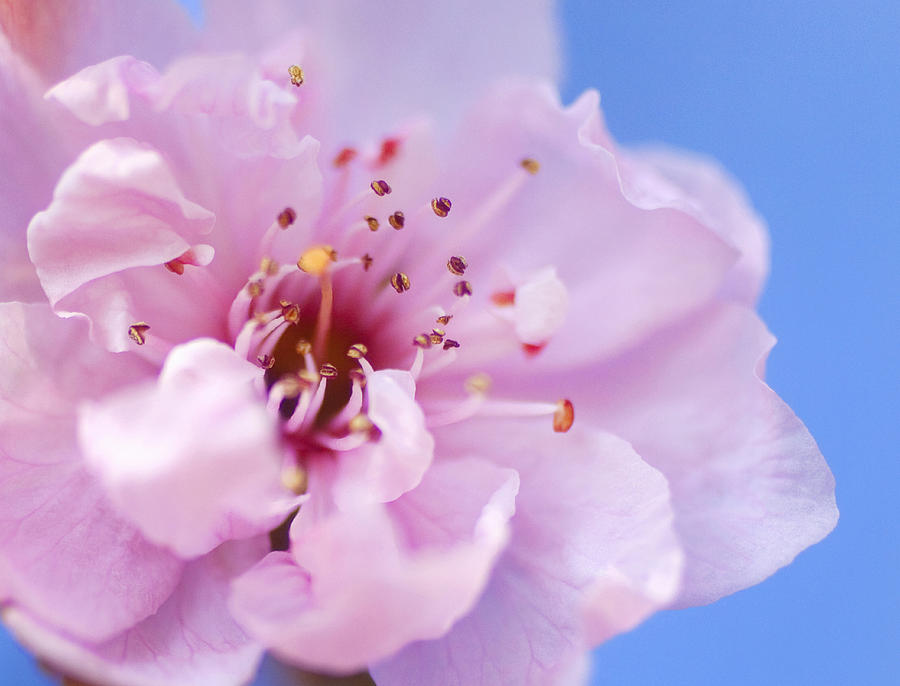
- A row of cherry blossom bushes in bloom, lining a path in a Japanese garden.
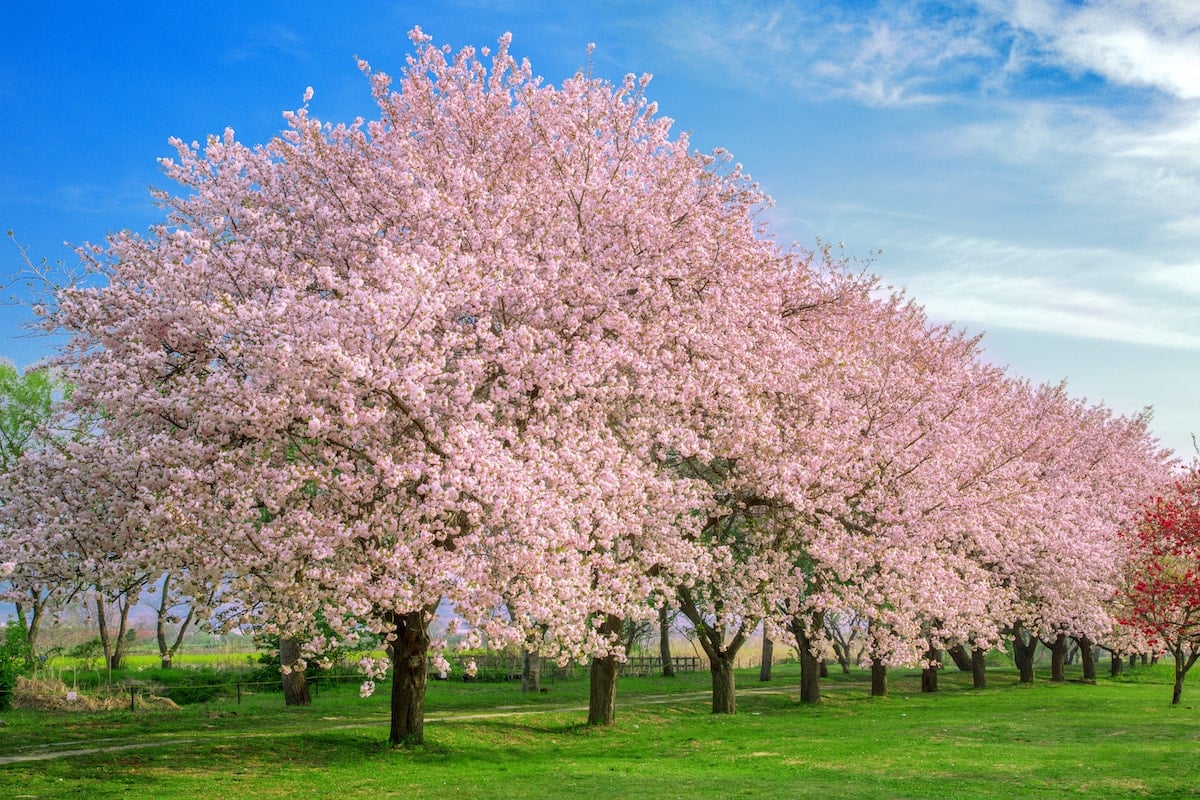
- A cherry blossom tree with its branches laden with pink blossoms, reflected in a pond.
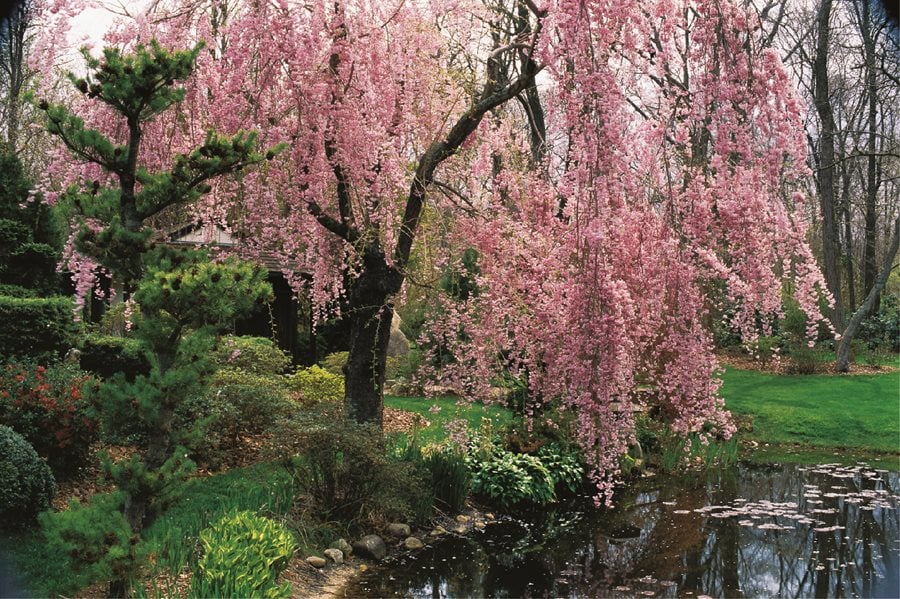
Post a Comment for "The Ultimate Guide To Cherry Blossom Bushes"